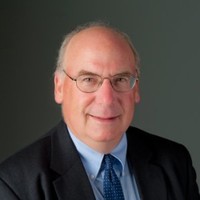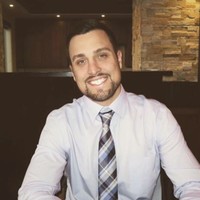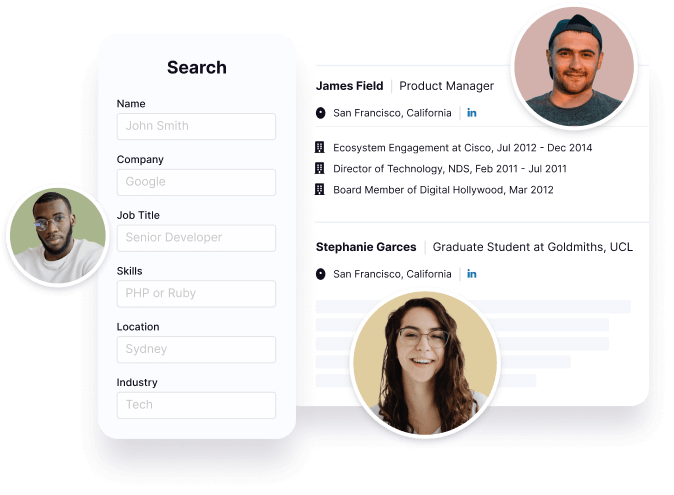Richard Johnson's Email & Phone Number
Group Managing Director at Beadles Group Limited
Richard Johnson Email Addresses
Richard Johnson Phone Numbers
Richard Johnson's Education
Medway College of Technology
Show more
Show less
Frequently Asked Questions about Richard Johnson
What company does Richard Johnson work for?
Richard Johnson works for Beadles Group Limited
What is Richard Johnson's role at Beadles Group Limited?
Richard Johnson is Group Managing Director
What is Richard Johnson's personal email address?
Richard Johnson's personal email address is ri****[email protected]
What is Richard Johnson's business email address?
Richard Johnson's business email address is r****[email protected]
What is Richard Johnson's Phone Number?
Richard Johnson's phone +44 ** **** *200
What industry does Richard Johnson work in?
Richard Johnson works in the Automotive industry.
Richard Johnson's Professional Skills Radar Chart
Based on our findings, Richard Johnson is ...
What's on Richard Johnson's mind?
Based on our findings, Richard Johnson is ...
Richard Johnson's Estimated Salary Range
Richard Johnson Email Addresses
Richard Johnson Phone Numbers
Find emails and phone numbers for 300M professionals.
Search by name, job titles, seniority, skills, location, company name, industry, company size, revenue, and other 20+ data points to reach the right people you need. Get triple-verified contact details in one-click.In a nutshell
Richard Johnson's Personality Type
Extraversion (E), Intuition (N), Feeling (F), Judging (J)
Average Tenure
2 year(s), 0 month(s)
Richard Johnson's Willingness to Change Jobs
Unlikely
Likely
Open to opportunity?
There's 74% chance that Richard Johnson is seeking for new opportunities
Top Searched People
Actress
American YouTuber
Internet personality
American swimmer and athlete
American writer and television producer

































Richard Johnson's Social Media Links
/in/richard-johnson-8638642 www.beadlesa.co.uk